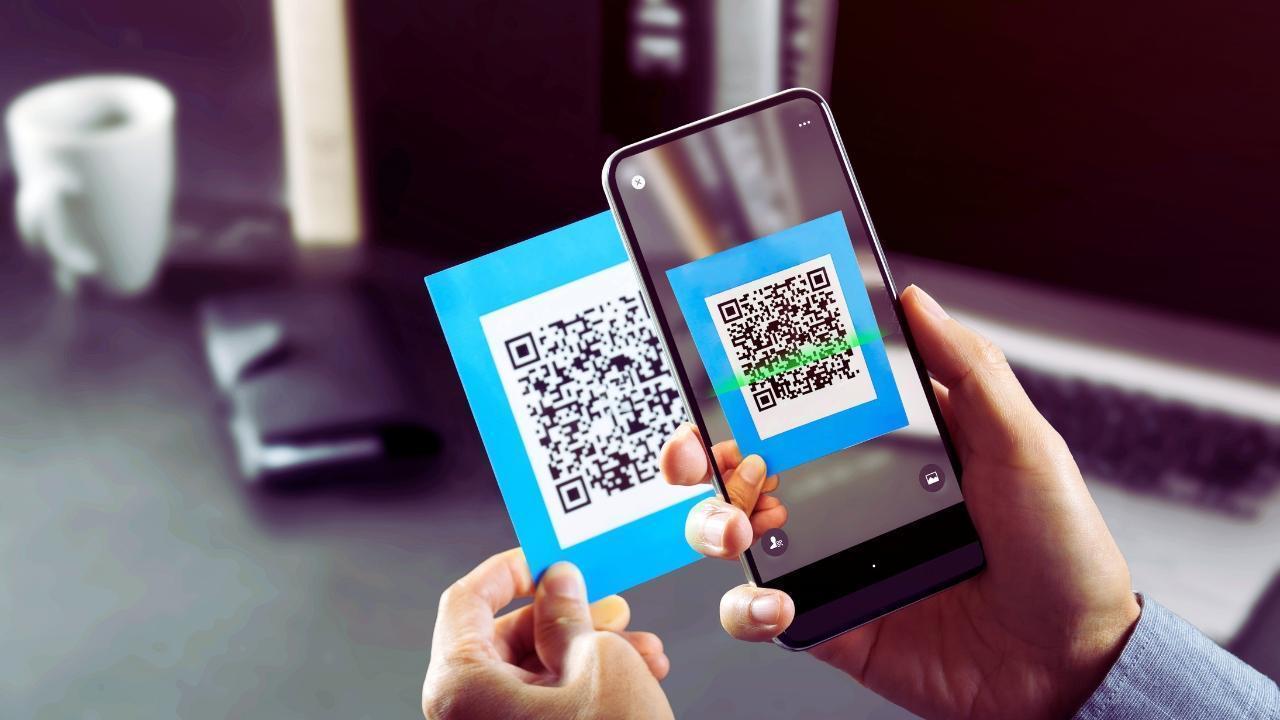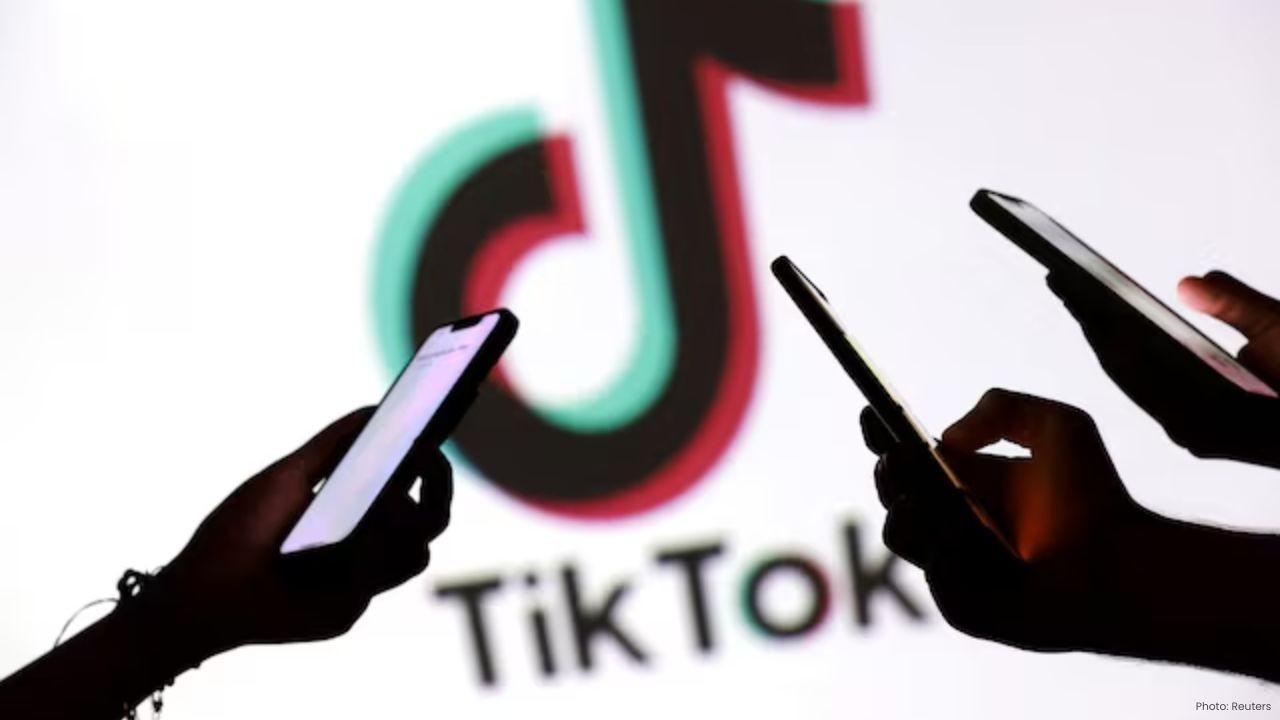
Join 10k+ people to get notified about new posts, news and tips.
Do not worry we don't spam!

Post by : Anish
What was once considered a cutting-edge tool to make daily tasks easier has now become an invisible maze of digital touchpoints. QR codes, those pixelated little squares, have infiltrated nearly every corner of our lives—from restaurant menus and concert tickets to hospital check-ins and even prayer donation kiosks. But instead of streamlining life, they may be slowly making it more complicated.
The appeal of QR codes is simple: scan and go. No typing, no printing, no friction. They flourished during the COVID-19 pandemic as a contactless solution to everything from menu reading to test registrations. Post-pandemic, their adoption hasn't just stuck—it’s exploded. Walk into any café or retail store today and chances are you’ll be greeted not with a menu or flyer, but a QR code. Need to access a parking meter, submit a feedback form, view instructions for your new appliance, or even call the waiter? There’s a QR code for that.
But here's the twist: this digital shortcut now often feels like a digital detour.
What happens when people are constantly asked to scan codes just to access basic information? A phenomenon dubbed “QR fatigue” is setting in. Many users report annoyance or even resistance toward using QR codes, particularly in situations where a simpler alternative once existed. Elderly individuals, those without smartphones, or people with poor internet connectivity find themselves excluded. Even tech-savvy users often complain about broken links, slow-loading pages, or unclear instructions once the QR is scanned.
And let’s not forget the risk of malicious QR codes that lead to phishing scams—a growing concern in an age of cyber vulnerabilities.
There was a time when reading a menu meant opening a laminated folder or asking for the waiter’s recommendation. Now, it requires stable internet, enough phone battery, and often, navigating through cluttered websites designed more for marketing than usability. The shift from physical to digital has introduced a series of dependencies and friction points.
Some experiences feel “over-engineered.” Instead of simply flipping a light switch, you now need to download an app, sign in, scan a QR code, and pair it with your device. These digital gatekeepers may be well-intentioned, but they often get in the way of the very simplicity they claim to offer.
A major downside of QR-dominated interfaces is the exclusion of non-digital natives. Many senior citizens are uncomfortable navigating smartphones or unsure how QR scanning works. A visit to a restaurant or clinic becomes a daunting task. They may feel embarrassed asking for help or resent being forced to rely on others.
This digital divide creates friction in everyday activities and heightens feelings of social alienation. In countries where the population is aging rapidly—like Japan, South Korea, and even parts of Southeast Asia—this becomes a major concern.
QR codes aren’t just about accessing information. In many cases, they’re gateways to data mining. Businesses use QR codes not just for convenience, but to track consumer behavior, location, and personal details. Every scanned QR can become an opportunity to collect and store user data—often without clear consent or transparency.
While tech-savvy users may be aware of this trade-off, many others are not. This silent erosion of privacy is an often-overlooked consequence of the QR revolution.
Cybersecurity experts have raised alarms about the increasing use of malicious QR codes. These deceptive codes can direct users to phishing websites, prompt downloads of malware, or even initiate money transfers. Since QR codes are usually scanned quickly and without much scrutiny, they can become easy tools for scammers.
A 2024 global cybersecurity report noted a 46% rise in QR code-based phishing attacks. Without adequate public awareness, people may fall victim to scams while thinking they're simply scanning a digital menu or checking in for an event.
In many everyday scenarios, traditional methods are simply better. Printed menus don’t require battery life. Paper flyers don’t lag. Face-to-face conversations don’t depend on software updates. Reverting to these low-tech options in some settings doesn’t mean being anti-progress—it means being user-centric.
There’s growing demand among consumers for options. Give them the QR code if they want it, but don’t take away the physical alternative entirely. Inclusivity in tech doesn’t just mean innovation—it also means offering choices.
Smart businesses are beginning to realize that over-relying on QR codes may be alienating certain customers. A good user experience isn’t just about being tech-forward—it’s about being intuitive, inclusive, and efficient. Brands can benefit from hybrid models where digital and physical options coexist.
Clear signage, accessible websites, user-friendly apps, and helpful human support are all part of the equation. Businesses must stop viewing QR codes as an all-in-one solution and start using them as one of many tools.
Despite their drawbacks, QR codes aren’t going anywhere. Their utility in logistics, supply chain, contactless payments, and marketing is undeniable. But the current QR overload needs rethinking. Tech should never replace common sense or accessibility.
UX designers, product managers, and marketers must reevaluate how and when QR codes are deployed. Is it saving time or wasting it? Is it aiding customers or isolating them? Asking these questions is key to ensuring technology enhances human experience rather than complicating it.
Across Asia and beyond, people have started sharing their own experiences with QR exhaustion. A 35-year-old marketing executive in Singapore shared how her grandmother stopped going to her favorite tea shop because “she didn’t know how to order anymore.” A tourist in Bangkok described how scanning a code for taxi payment led to a double charge—no human staff was available to resolve the issue.
These micro-stories may seem trivial in isolation but collectively point to a system that’s leaning too hard on automation at the cost of personal interaction.
The QR code phenomenon is a mirror of our broader relationship with technology. When convenience turns into compulsion, when innovation breeds dependency, and when access becomes a barrier, it’s time to pause.
We’re not rejecting QR codes—we’re calling for their thoughtful use. Like all tools, they work best when applied with user empathy and common sense. It’s not just about making things digital. It’s about making life easier for real people.
This article is intended for informational and editorial purposes only. The views and opinions expressed are those of the author based on public sources and real-world scenarios. Newsible Asia does not endorse or oppose the use of any specific technology, application, or platform mentioned herein.
QR code fatigue, digital user experience










Lily Collins Shines in Glamorous Calvin Klein Look at New York Fashion Week
Lily Collins stuns at NY Fashion Week in a sparkling Calvin Klein co-ord set, blending elegance, gla

Lippo Di Carrara wins UAE President’s Cup Derby at Doncaster
Lippo De Carrere shines at Doncaster, winning the UAE President’s Cup UK Arabian Derby, the richest

Jaismine Lamboria Wins World Boxing Gold for India
India’s Jaismine Lamboria claimed World Boxing gold, while Nupur Sheoran earned silver and Pooja Ran

Sri Lanka beat Bangladesh by 6 wickets in Asia Cup 2025 opener
Sri Lanka started their Asia Cup 2025 campaign with a six-wicket win over Bangladesh, powered by Nis

PM Modi Lays ₹6,300 Crore Projects in Assam Criticizes Congress
PM Modi accuses Congress of backing infiltrators, lays ₹6,300 crore health and infrastructure projec

Sushila Karki Becomes Nepal’s First Woman Prime Minister
Eminent jurist Sushila Karki, 73, becomes Nepal’s first woman prime minister after Gen Z protests to